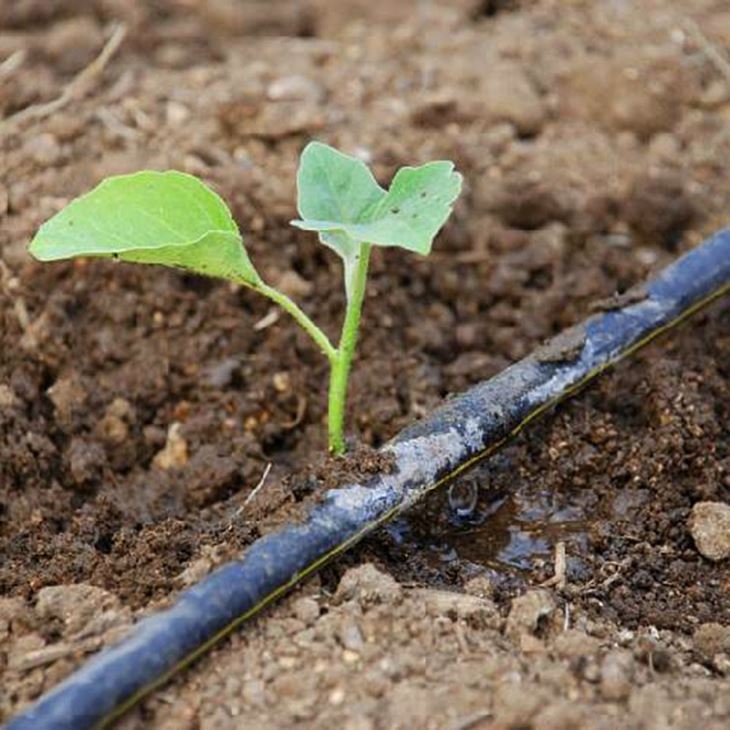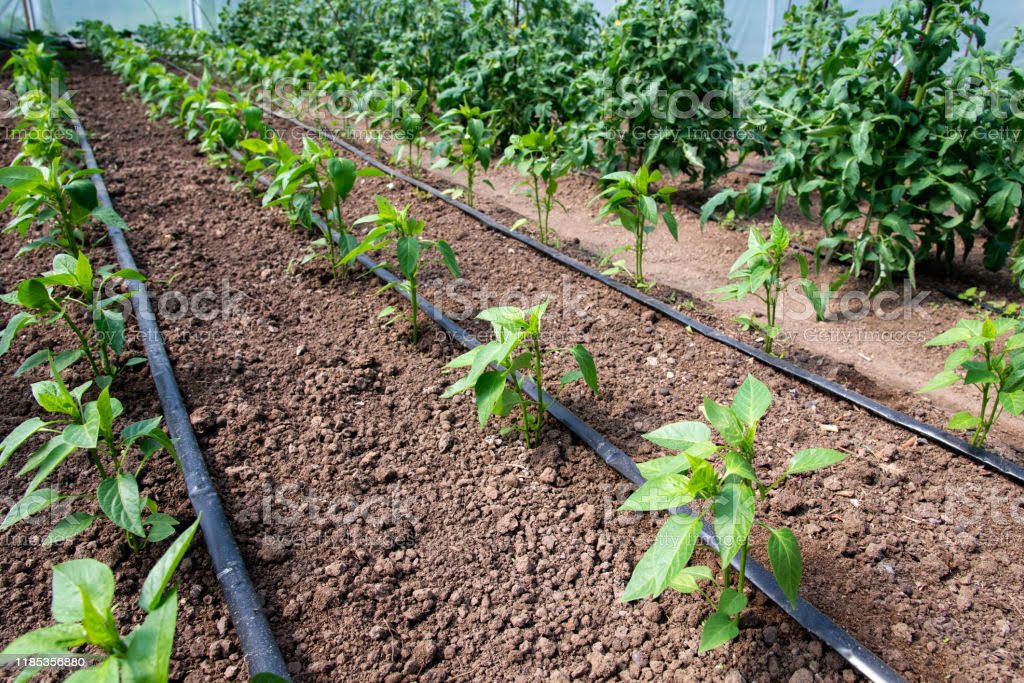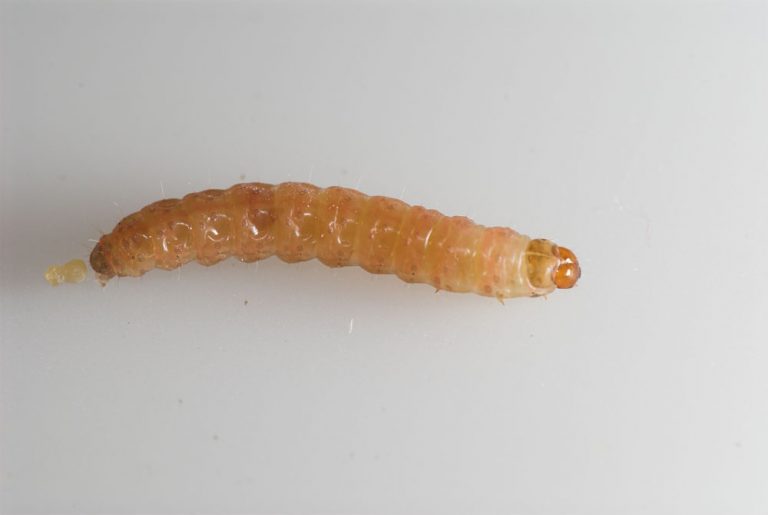By David Ndegwa
Drip irrigation is an efficient and cost-effective irrigation method which fortunately enough, is gaining acceptance among farmers and this is a big plus. Unfortunately, if it is not well installed, it can become a source of misery to a farmer rather than the “mwokozi” it is supposed to be.
Drip irrigation cost-effectiveness comes from the fact that it applies water right at the root zone hence minimizing wastage and it’s not subjected to a wide evaporation surface area. It’s water application rate is lower compared to overhead or flood irrigation which as a result enhances infiltration and hence has zero runoff.
Whenever a farmer wants to install a drip irrigation system, it is important to look for a qualified irrigation technician with a good track record of past experience in drip installations with references from three or more reputable farms for designing. It’s important to do proper due diligence for the person installing drips because it’s an expensive venture and must therefore be done professionally.
Drip irrigation installation is not just water dripping from drip holes, No! It’s more than that. I have seen real production problems affecting farmers after getting what I would call shoddy installations.
It is important for farmers to know that for most horticultural crops, water demand is high running to an average of 40m3 per ha per day or 16m cubic per day per acre (this is from practical experience which I have gathered for over 20 years). This is precious information especially to those who are intending to or have already drilled boreholes. To know the area of land your borehole can irrigate per day using a drip system (total irrigable land) you simply multiply the borehole yield per hour by the number of maximum pumping hours divided by 16m3. Once you have this information, it will guide you on how many acres you would install with drips. The total meters of drips per acre will depend on crop spacing.
The next thing that is important is the drip flow rate per emitter. This will guide you in getting to know the number of minutes or hours it will take you to apply X amount of water in an acre and the total irrigation hours needed to irrigate the entire farm which must be less than 24 hours for large farms.
Once you get the drip manufacturer’s flow rate, you should ask the contractor to calibrate the flow rate for the first acre in your presence. If it falls way below the manufacturer’s recommendation by more than 5%, demand that he gets you the right flow rate before proceeding. If he doesn’t please discontinue the contract with speed.
Poor flow rate means that the pressure isn’t enough probably as a result of using pipes with a lesser diameter than required or having more driplines per hydrant. This will automatically hit you badly because irrigation in that acre will be irregular meaning that some areas especially the lower parts will be getting more water than needed at the expense of the higher areas. This will be evident during the dry weather period which will greatly affect your yields.

You should always question the wisdom or lack of it when given the recommendation that water is pumped to the raised tower tanks first before releasing it by gravity to the field as a way of saving power! How? If the tank is elevated 6m from the ground, it will therefore cost money to raise water to 6meters above the ground. How then will releasing the same water to the field by gravity save power?
To calibrate the drips, use 5 containers held by 5 people at different points representing the block topography. Open the valve and allow the drips to fill up by checking the drip swelling. Armed with a stopwatch, ask the five people to place the cup underneath a dripper at the count of three. Collect the water for 15 mins and stop. Perform 3 trials in order to get an average for the three trials and eventually per emitter. Multiply the average per emitter by 4 in order to get the flow rate per emitter per hour.
The dripline flow should run like this:-
1. Source of water.
2. Pump.
3. Filter
4. Mainlines
5. Sub-mains.
6. Laterals.
7. Starter connectors with rubbers.
8. Pe pipe. 16mm or 12mm etc
9. Pe to drip connectors.
10. Driplines.
Driplines get blocked by soil particles where filtration is not adequate or by salt accumulation from water or fertilizer where fertigation is done via driplines. If you notice more than 10% blockages, it’s time to replace the driplines.




